As beginners, you are so confused about which to choose from hundreds out there that you go to Google searching for “What is binocular? How Do Binoculars Work?”
So, we present the complete answer in this post.
Binoculars 101: What is binocular?
According to the binocular definition of wikipedia: “Binoculars are a kind of tool that lets people see far-away things more clearly, using a technology called optics. Binoculars or field glasses are two telescopes mounted side-by-side and aligned to point in the same direction, allowing the viewer to use both eyes (binocular vision) when viewing distant objects.
Most are sized to be held using both hands, although sizes vary widely from opera glasses to large pedestal mounted military models.
What difference between: binoculars, telescope, spotting scopes ands monoculars.
Who loves opening their sight to broad spaces will fall for binoculars. This optical instrument allows you to see objects in details from a distance, for example, the birds in the sky or the deers in the wood.
Interesting enough, the binoculars become more compact and less expensive for almost everybody.
Ok. let’s start to know:
How Do Binoculars Work?

A pair of binoculars consist of two small side-mounted telescopes. Each side has a series of lenses, as you can see above, to enlarge images to our eyes several times and in a three-dimensional view.
In brief, the light enters the objective lens before being reversed and magnified through the prisms and finally goes to our naked eyes.
1. What are binocular Objective lens?
Its main function is to focus the light together to form an image. The size of lens decides the resolution of the objects and how much lights can get through.
The simple rule: “The larger objective diameter is, the brighter and sharper image you will get.”
However, the wider lens often goes with bigger binoculars. Kind of trade-off.
You can get the diameter of the objective lens by reading the binoculars’ specifications.
For example, an “8×40” is the magnification x the objective diameter (mm). It means the lens has a diameter of 40 mm.
“This is the most important number on binoculars, you should to know“
2. What are Binocular Prisms?
The prisms are in place to enlarge the distance between the lenses so that the image appears larger without compromising the size of the objective lens, to be specific, the size of binoculars.
The prisms also correct the orientation of the upside-down image when it is formed by the objective lens.
Different types of prisms work differently. Here are two common prisms to consider:
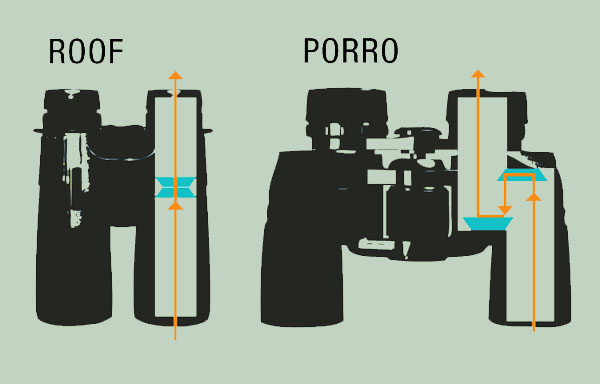

They are simpler in design and support light transaction efficiently. The light through the Porro undergoes an internal rotation by 180° and exits in the opposite direction compared to the entry point. The image is unchanged when existing.
Porro prisms are common in hunting or sightseeing binoculars.

Despite being more complex in structure, the Roof prisms are smaller than the Porro. This means the binoculars are more compact.
One prism has two faces meeting at a 90° angle. The beam entering the prism is split in half: one hitting the first face and one inverts to the other face.
However, this type of prisms is often in high-end binoculars.
3. Eyepiece (so-called ocular lens)
The eyepieces are placed against our eyes. This part supports additional magnification of the image beside the objective lens.
The diameter of the eyepiece, as well as its focal length to the objective lens, determines the magnification and field of view.
- Binocular Magnification
This specification reveals the multiplication of objects you could see through the binoculars. For example, 4×32 means you can see the object 4 times bigger than its normal size in your naked eyes.

Which the magnification to choose is based on your purposes. If you want to watch birds, a small magnification from 6x to 10x. For astronomical interests, we recommend the high magnification of 12x and above.
- Field of View
How wide of scene you can see with the binoculars at 1000 yards indicates the field of view. Besides the eyepiece, the thickness of the lens and the assembling position also affect this specification.
Keep in mind that the larger the magnification is, the narrower the field of view becomes.
Other Specifications of Binoculars (Briefly Explained)
You can tell many about the binoculars’ performance mostly from the objective lens, the type of prism, the eyepiece, the magnification, and the field of view as we mentioned above.
However, it is better to understand the following features as well.
1. Diopter Adjustment of binocular
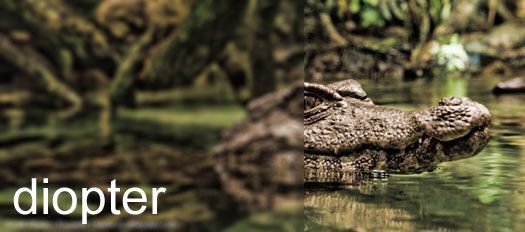
This add-on feature is to adjust the differences between the two eyes according to your targets. Usually, the diopter adjustment is common in the center-column binoculars.
If the specifications do not mention, check this feature around the right-hand eyepiece.
2. What is Binocular Exit Pupil?
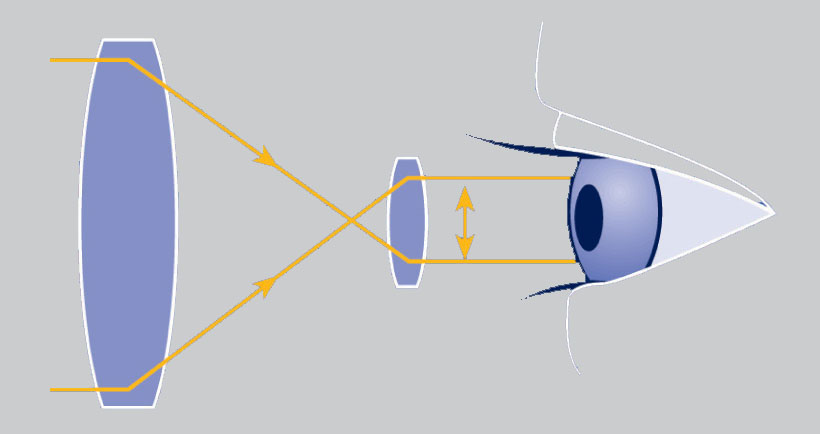
Sometimes, you detect a small ring of light on the eyepiece. It is the exit pupil.
Its diameter is the result of the division of the objective lens diameter by the magnification.
This feature is useful at night rather than daytime to brighten the images through the binoculars.
3. What is Binocular Eye Relief?
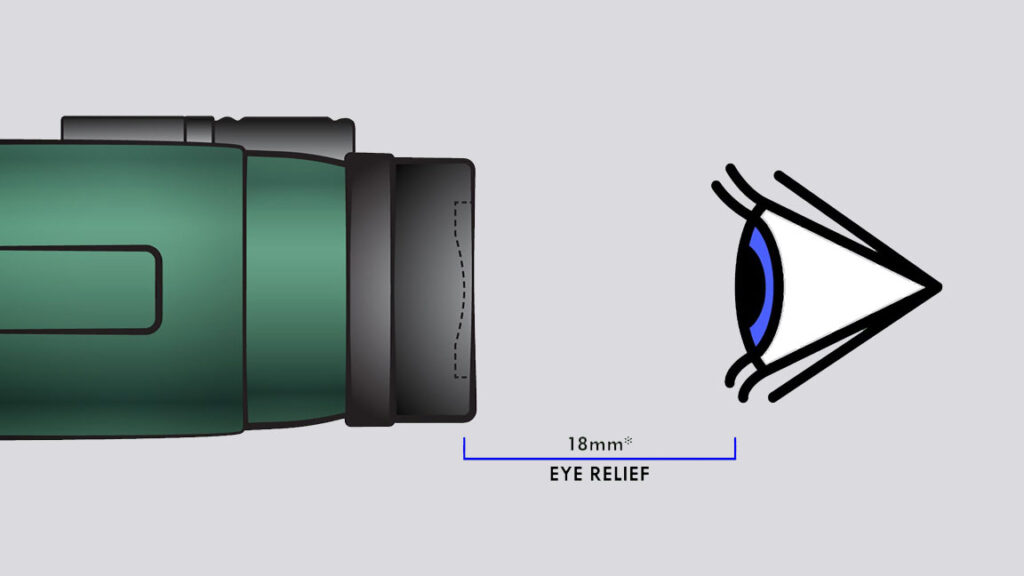
The length of the eye relief refers to how far you can see the whole field of view from the eyepieces. Those wearing eyeglasses will find the eye relief especially important.
Normally, the longer focal length comes with greater eye relief.
4. Binocular Close Focus
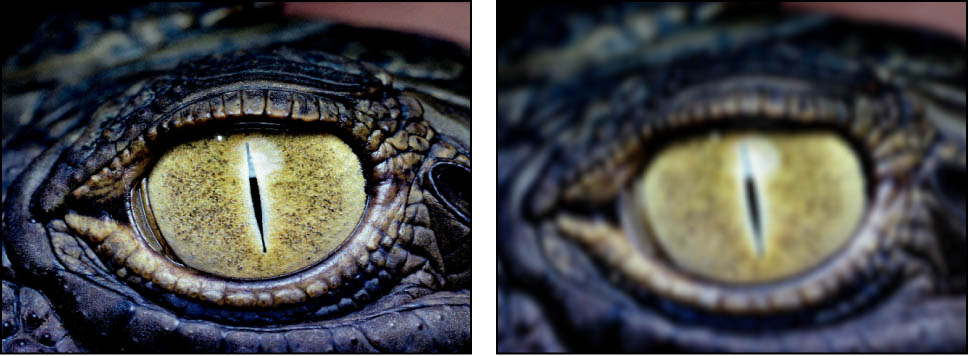
It is the minimum distance before the binoculars can capture and provide a sharply focused image. The high magnification will cost your close focus. It means the increase in magnification leads to the larger close focal distance.
5. Binocular Lens Coating
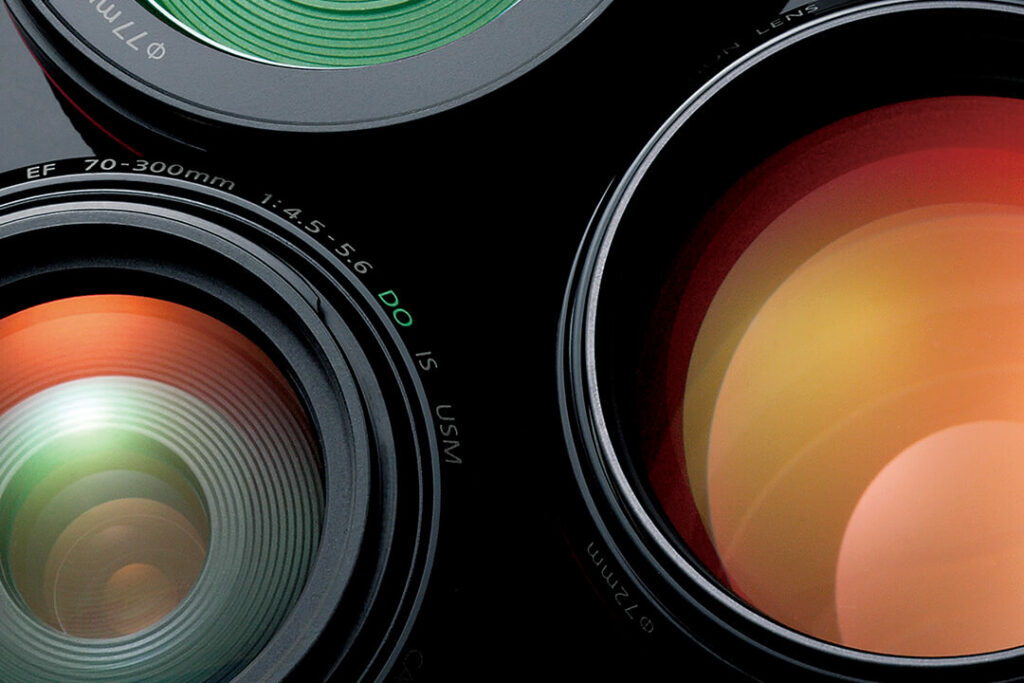
The coating reduces the reflection of light entering the lens, which increases the quality of the final image.
Four main types of coating:
- Coated: One coating layer over the objective lenses and eyepieces
- Full Coated: A coating layer on all air to the surfaces of lenses
- Multi-Coated: Besides the one coating layer on every glass surface, there is an additional coating to objective lenses and eyepieces
- Fully Multi-Coated: Multiple layers of coating on all air to glass surfaces to provide different colored reflections from one angle
Wrap It Up
Now if one asks “How do binoculars work?”, can you explain it yourself? Or, you can simply share with them our post.
For you, it is the right time to search and buy one pair of binoculars for your next hunting, birdwatching, or traveling. Then, reading next article to know: How to use binoculars?
In case you want any further information, feel free to leave one comment below.
Hope you enjoy your view.
Vilis-bino
References: https://en.wikipedia.org/wiki/Binoculars
